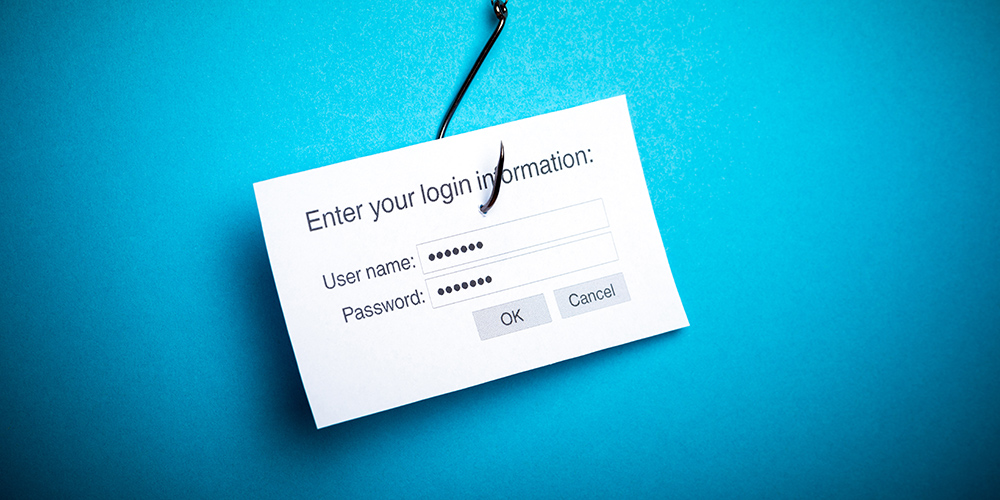
Apr 13, 2023 | SMB Technology, SMB Technology, SMB Technology, SMB Technology, Technology News
What if, instead of being limited to an in-office phone system with its possibly rough connection and dropped calls, you could experience seamless communication via the cloud? This is possible with Voice Over Internet Protocol (VoIP, for short), an Internet-based unified communications solution. Read on to learn more about VoIP’s benefits and considerations, and about looking for a potential provider. Benefits of Unified Communications Telephone technology has come a long way since the time calls were transmitted over copper wires. Nowadays, with VoiceOver IP, users can call each other using an Internet-based cloud solution. With this different interface, the provider handles back-end infrastructure and all the customer needs is the internet connection. This technology is flexible and scalable, and can be integrated with your company’s applications to help speed business processes. Lines can be added easily via your company’s internet router to accommodate more remote workers, and they can access your network and its applications. Like with other cloud offerings, VoIP can convert the capital expense of phone sets to a flexible internet-based subscription model. Preparing Your Network for Unified Communications No matter your company’s needs, considerations remain when considering cloud-based phone technology. First, is your company’s network strong enough, with sufficient bandwidth, to support more traffic? Does your network and all connected devices have the most current antivirus and anti-malware definitions? Another question to answer: have you considered what features of a provider’s plan would best align with business goals? Considerations When Choosing a Provider Numerous providers exist, and offer internet telephony packages with varying features. Some can furnish you with things...

Apr 5, 2023 | SMB Technology, SMB Technology, SMB Technology, SMB Technology, Technology News
Cyber attacks, including phishing attacks, seem to always be in the news these days. Ransomware, malware, data breaches, all are on the rise, with several high-profile attacks in recent years. Even more recently, the failure of the Silicon Valley Bank might promote spoofed bank websites and bank communications as attempts to gain access to company networks and personally identifiable information. Read on to learn more about the dangers of phishing attacks as well as how to recognize and prevent them. The Consequences of Phishing According to a 2021 CISCO report, many cyber attacks happen by way of fraudulent emails (and sometimes texts) wherein malicious actors masquerade as legitimate individuals or entities to get confidential information or to infect networks with malware. The sender of the email seems to be a legitimate sender, perhaps from a well-known company, or business the company has interacted with before. They may include an attachment appearing to be a PDF, or a URL in the body of the email. According to CISCO, nearly 90% of data breaches stem from phishing attacks, the majority of these attacks coming via email. Losses from these attacks are expected to reach $10.5 trillion by 2025–and the losses are not only financial. In addition to penalties for failing to comply with data protection regulations and loss of money through theft, reputational loss is a serious consequence. People’s dependence on technology for conveniences like e-commerce and gathering information online makes it easier for phishers to craft an email that appears genuine. How do you recognize what a phishing email looks like, and train your workers to...




